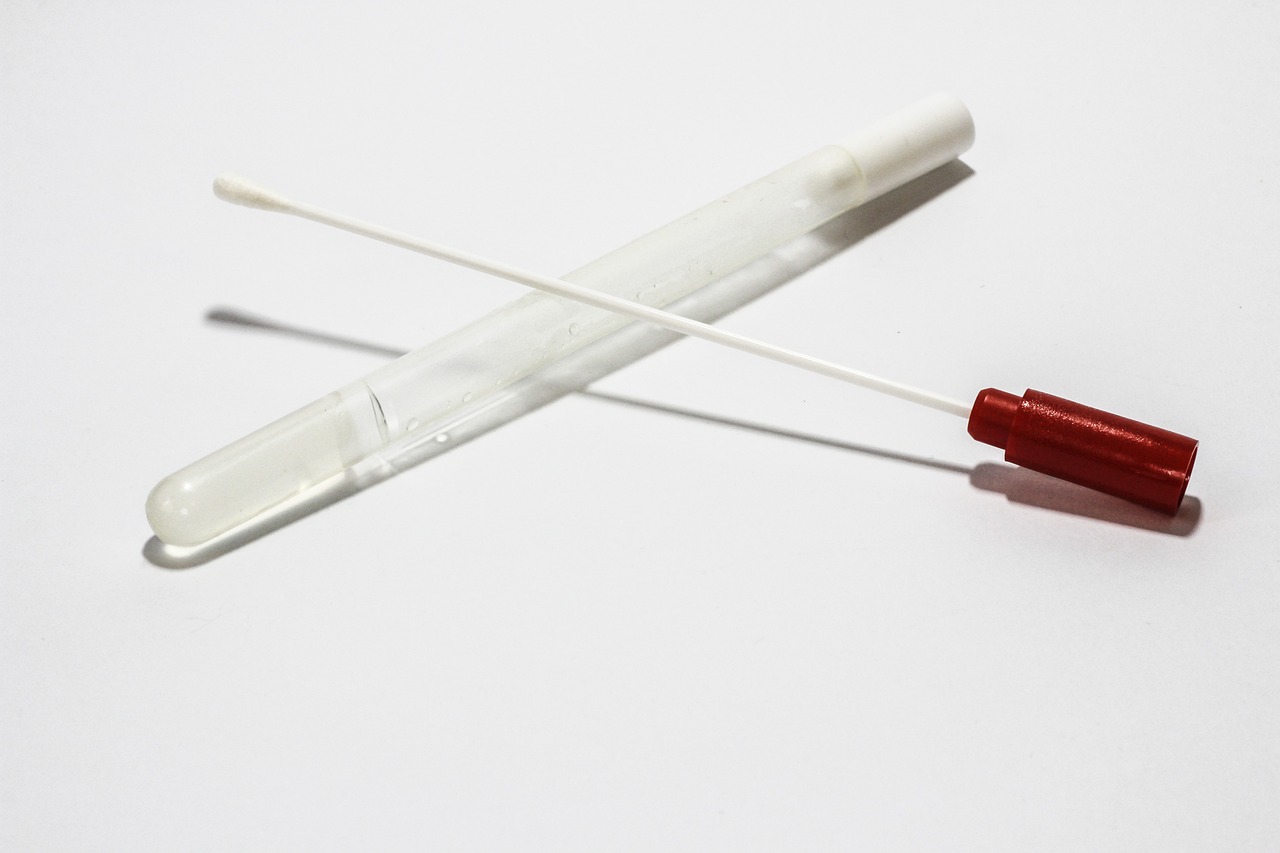Gonorrhea test kits typically include essential sample collection, testing, and result interpretation components.
Common components encompass sample collection swabs, testing reagents, testing devices, and result indicators.
The swabs provided are used to collect samples from the affected area, ensuring that the test accurately detects the presence of the gonorrhea bacteria.
Reagents are utilized to process collected samples, facilitating the identification of the bacterial infection.
Testing devices may vary, including rapid tests, PCR-based tests, or other methods to pinpoint the presence of the bacteria.
Functionality and Testing Process
Gonorrhea test kits operate by harnessing biological samples to detect the presence of the Neisseria gonorrhoeae bacteria.
The collected samples undergo analysis, often leveraging molecular diagnostic techniques to provide accurate results. The functionality of the kits encompasses easy-to-follow sample collection procedures and clear result interpretation guidelines, enabling users to navigate the testing process effectively.
Understanding the components and functionality of gonorrhea test kits is crucial for individuals seeking to monitor their sexual health proactively. These kits provide an accessible and discrete means of testing for gonorrhea, empowering individuals to take charge of their well-being through early detection and intervention.






